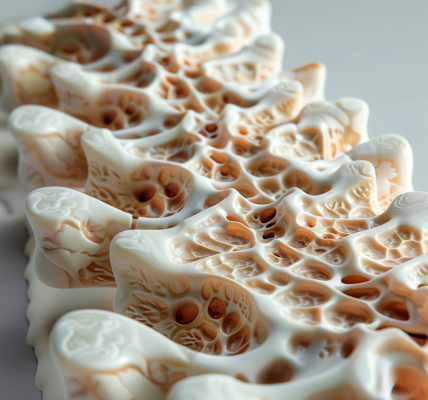Just 3,600 Steps a Day May Slash Heart Failure Risk
Engaging in more physical activity and reducing sedentary time has been linked to a lower risk of heart failure, particularly in Black adults.
A recent study published in JAMA Cardiology revealed that women aged 60 and above can decrease their risk of heart failure by approximately 25 percent by walking 3,600 steps per day, equivalent to a little over 1.5 miles. Men, however, may need to take a few more steps to achieve the same benefit.
The research, led by Michael J. LaMonte, PhD, MPH, a research professor of epidemiology and environmental health at the State University of New York in Buffalo School of Public Health and Health Professions, found that older women who were able to walk around and lived at home experienced a lower risk of heart failure with higher levels of daily light and moderate intensity activities.
According to Dr. LaMonte, for women capable of doing so, achieving 3,600 steps is a reasonable target consistent with the daily activity levels observed in the study. It’s important to note that 3,000 steps equate to approximately a mile and a half.
The study’s findings emphasize the significance of physical activity in maintaining a healthy lifestyle, as stated by Mercedes Carnethon, PhD, the vice chair of the department of preventive medicine and a professor of epidemiology and pulmonary and critical care medicine at Northwestern University Feinberg School of Medicine in Chicago.
Dr. Carnethon, who was not involved in the study, highlighted the impact of controllable behaviors such as exercise and reducing sedentary time in preventing heart failure, describing it as a significant advancement in the field.
Heart failure, a condition where the heart is unable to pump blood sufficiently to meet the body’s oxygen and blood requirements, carries a lifetime risk of 24 percent, according to the American Heart Association (AHA). There are two types of heart failure: reduced ejection fraction and preserved ejection fraction. In the former, the left ventricle, the primary cardiac pump, contracts inadequately when pumping blood outward, while in the latter, the left ventricle fails to relax properly after contracting.
Notably, an increasing percentage of heart failure cases are preserved ejection fraction, indicating the importance of understanding the role of physical activity and its impact on heart health.





